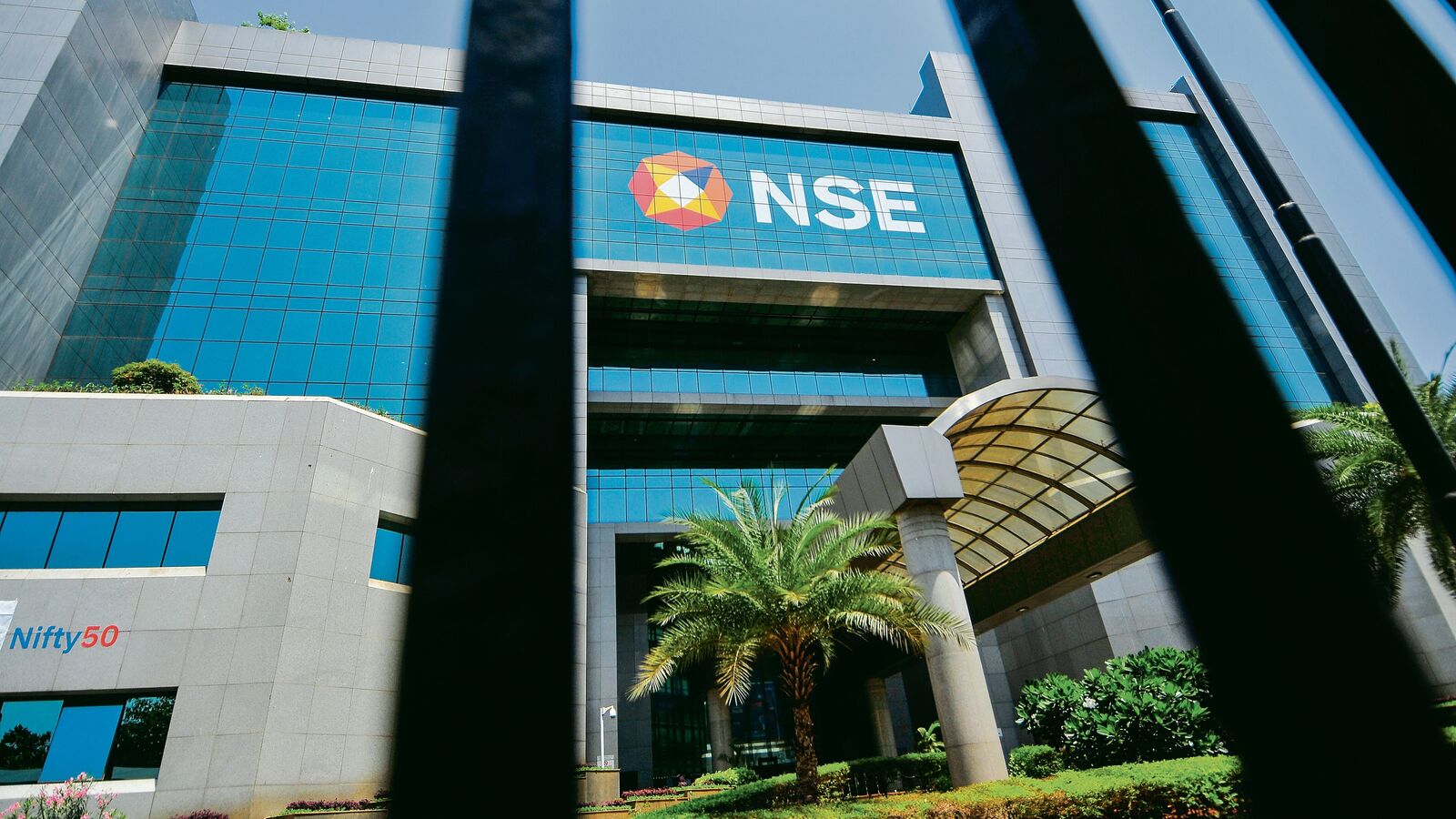Recent Trends in Indian Stock Market
The Indian stock market is currently experiencing a significant downturn due to a surge in foreign investors offloading their investments, driven primarily by a shifting focus toward opportunities in China. This phenomenon, often referred to as the “hope trade,” has placed India’s benchmark indices on the verge of a pullback, defined as a decline of 5-10% from recent highs. As of last Friday, Indian stock indices marked their worst weekly performance in over four years.
Benchmark Indices Performance
In the recent trading session, both the Nifty50 and the 30-share Sensex continued their downward trajectory for the fifth consecutive day. The Nifty index decreased by 0.93%, settling at 25,014.6 points, while the Sensex fell by 0.98% to close at 81,688.45. Over the past week, the Nifty index plummeted by 4.4%, marking the steepest decline since a staggering 12% drop recorded in the week ending March 20, 2020.
Contributors to the Decline
Key stocks that weighed heavily on the values of these indices included HDFC Bank, Reliance Industries, ICICI Bank, Mahindra & Mahindra (M&M), and Bharti Airtel. Collectively, these companies accounted for approximately 60% of the Nifty’s decline of 235.50 points on Friday. Notably, HDFC Bank and Reliance were significant contributors to the ongoing pullback, which has seen the index fall by 1,164 points over the week. Additionally, Foreign Institutional Investors (FIIs) sold shares worth a shocking ₹9,897 crore, according to data from the Bombay Stock Exchange (BSE).
Understanding Pullbacks and Corrections
The market has retraced 4.8% from its record high of 26,277.35, which was recorded last Friday, down to the current level of 25,014.6. A pullback in trading terms refers to a decline of 5-10%, while a correction signifies a drop of 20% or more from the peak, indicating increasingly bearish sentiments in the market.
Market Outlook and Sentiments
Recent data from derivatives trading suggest heightened probabilities of further declines in the upcoming week. This is exacerbated by persistent capital inflows into Chinese markets, alongside concerns of escalating geopolitical tensions in the Middle East. These factors could compel the Reserve Bank of India (RBI) to adopt a more dovish stance in holding its policy rates longer, especially as the U.S. Federal Reserve recently cut borrowing rates.
FIIs and Capital Flows
In the first few trading sessions of October, FIIs recorded net sales amounting to ₹27,142.17 crore. This figure includes a single-day sale record of ₹15,506.35 crore in just one session, which further highlights the growing fears and strategic repositioning of foreign investors. R. Venkataraman, chairman of IIFL Securities, notes that these outflows are strategic, positioning investors to capitalize on opportunities in China as its stock exchange reopens after a national holiday.
Views from Investment Managers
While some market analysts, including Nilesh Shah of Kotak Mahindra AMC, predict continued FII outflows owing to the allure of the “hope trade” in China, others like Rajiv Jain from GQG Partners remain skeptical. Jain, who previously acquired shares in the Adani Group during its lows following controversy, maintains a cautious stance on Chinese equities, keeping only 12% of his holdings in the $23 billion GQG Partners Emerging Markets Equity Fund.
Derivatives and Market Sentiment
Further indicators from the derivatives market point to ongoing bearish sentiment. The open interest on Nifty active futures contracts, expiring on October 31, has decreased from 1.63 crore shares to 1.42 crore shares over the past week, suggesting long liquidations among bullish investors. Conversely, the Bank Nifty futures have seen an increase in open interest, rising from 18 lakh shares to 26.5 lakh shares, indicating new short positions amid declining prices.
Predictions for the Upcoming Week
Market analysts anticipate a trading range for the Nifty between 24,633 and 25,367 next week, with a put-call ratio (PCR) of options expiring on October 10 standing at 0.44, suggesting significant shorting of calls. This value is well below the normal range of 0.75 to 1.3, indicating a bearish posture among traders.
Geopolitical Impacts on Policies
The unfolding tensions in the Middle East have introduced additional uncertainty. This geopolitical instability raises concerns that the RBI may opt to maintain its policy rate at 6.5%, primarily due to potential spikes in crude oil prices.












